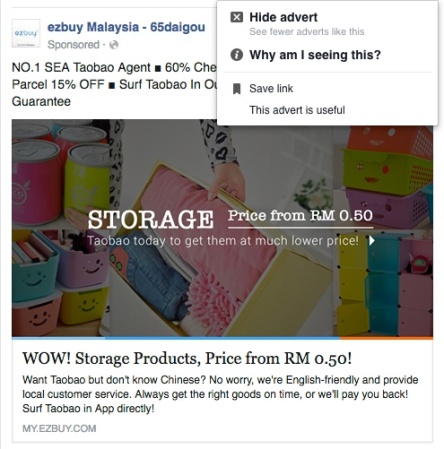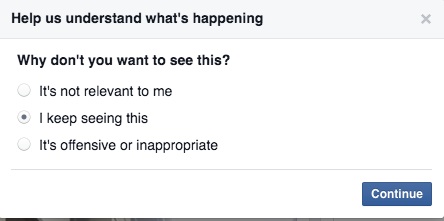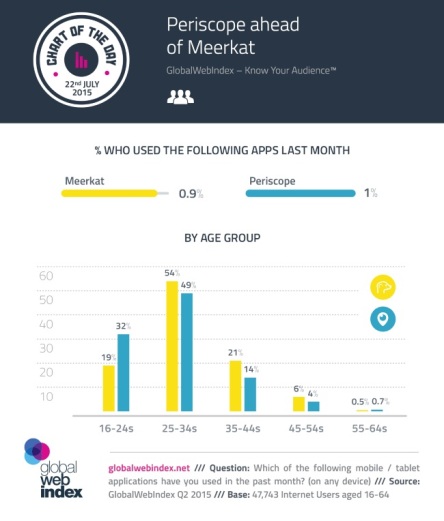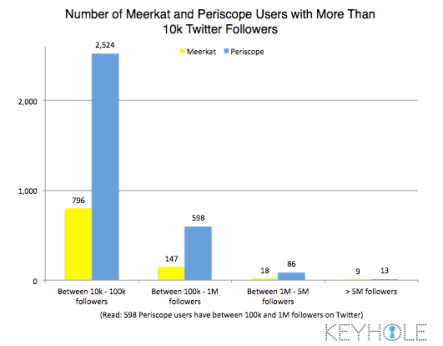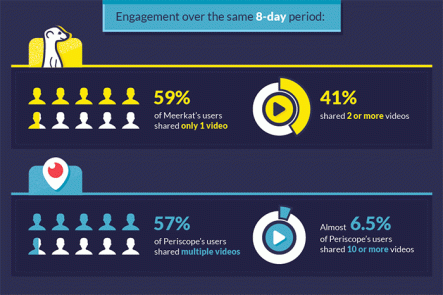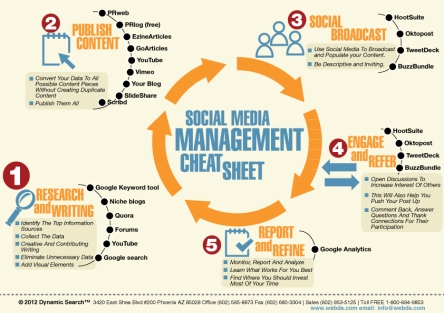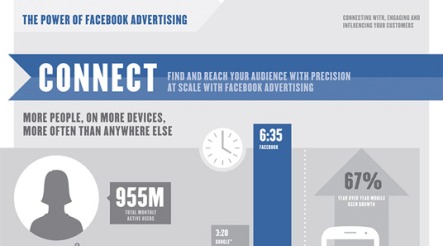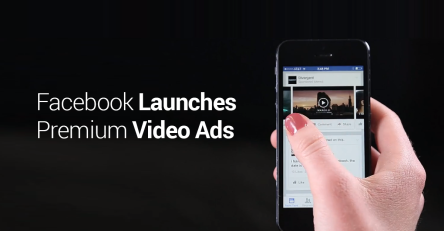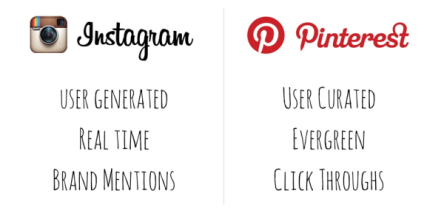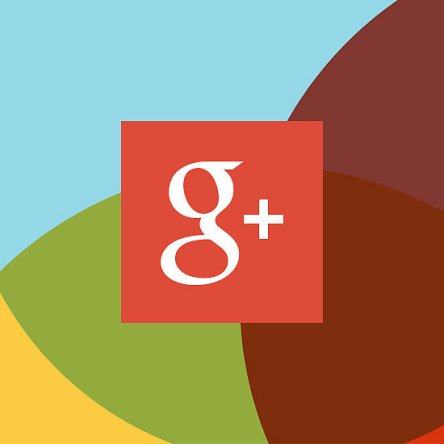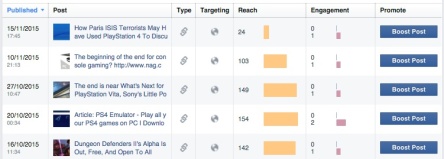
As Instagram rolls out it’s battle tank to increase revenue, usage statistics are tanking. Which is sort of ironic since the whole idea was to innovate and get more advertising money.
The dearth of technology is tied to innovation. Instagram has been slow to the finishing line since it was purchased by that behemoth, Facebook. People are sharing less on Facebook and for Instagram, people spend less time on it than in previous year.
Advertising on Instagram got a whole lot easier in 2016, namely, anyone with a Facebook account can buy adverts now on Instagram. It is basically the same way you buy Facebook advertising. No different except that you get to put your adverts up within a user’s newsfeed.
Not long ago, Instagram started to ditch its show me everything newsfeed to adopt a tuned algorithm. They will show you more of what you like….or suggest users that have similar post which you like and at the same time, take into account the number of likes and views of your particular post and tell the world where you stand. What do you make of it? Well, it is really to justify what you pay for. If your advert or post get shown to an audience, you get to see how many times it has been viewed. It cuts both ways.
Metrics are everything but results are a wee bit subjective.
Instagram is Spreading its Wings
If you happen to like posting stuff, Instagram now helps you to get discovered. Content consumers may not have an idea on who to follow so this clue might be helpful when users who have similar post you like are often suggested. Herein lies the problem.

With 80% of its users now from outside the US, up from 75% last fall, Instagram’s growth has relied heavily on its popularity in overseas countries like Japan, Germany, France and Indonesia.
Marketing overseas got easier but not all of them speak English. So Instagram has introduced instant translations for post for users to read.
This two prong approach sort of solves the problem but it doesn’t quite solve the engagement problem. People are using Instagram less as it is so yesterday, and this has gotten Instagram worried of course, and as a brand advertiser, you should be too.
If you don’t catch enough eyeballs, then where should you be?
Time to Get Worried?
Instagram has also hit 300 million daily active users. While 300 million is impressive, CNBC reported that Instagram usage has actually dropped 23.7% between this year and last . So even as Instagram is reaching a wider daily audience, its users are spending less time in-app. Less time means less revenue for Instagram and this is how it plays out.
The immediacy of an advertising campaign doesn’t mean you should be throwing more dollars at Instagram but to spread that reach wider on both traditional and online advertising and not rely on social media alone.

That’s because the Daily Usage has tanked for Facebook and Instagram. People don’t post as much anymore or for that matter share or check their newsfeed to the point Instagram has to send you suggestions on who to follow and what to follow in terms of interest and pages.
Since the adverts are targeted, advertising can be directed at a particular profile but this will not stop ads from running meaninglessly when users scroll pass them. Do I recall what I just saw that was inserted into my news feed? Nope. Nor do I care since whatever advertising that was directed at me wasn’t of interest to me.
Videos got Longer on Instagram
Posting video is being extended to a whole 1 min. However Twitter has countered this allowing videos up to 140 seconds long with Vine. Wow. Would you be bored?
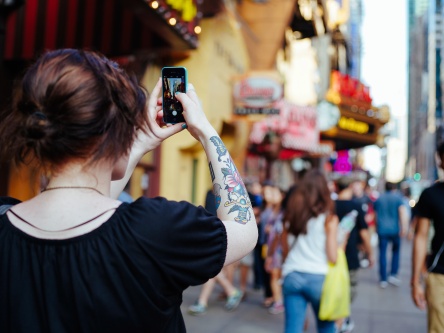
The fight for video time is apparently getting longer for these two competing platforms but Twitter still lacks punch. Instagram is more social media while Twitter is more conversational. Even when Twitter can stand up on its own with the combination of Vine and Periscope, it can be a bandwidth hog if you’re not too careful with your mobile data.
This is what is keeping people from streaming on mobile. Data is expensive and viewers would rather watched the saved videos on Wifi.
Collective Engagement is the Key
The only reason why Starbucks would set up another shop a block down the road from the first one is location. If that is the case, then a collective engagement is what you are after should you have a social media strategy.
I find it pointless to pit Instagram with Twitter and Vine, or Google+ with Facebook. It is a collective engagement (the sum of its total) that you are interested in because duplicating content on all your social media platforms bores the hell out of people. Why should I follow your Instagram feed if you post the same stuff on Twitter? Or for that matter on Facebook or Google+.
Return on Investment Explained
ROI is very simple to explain in advertising terms. The aim is always thrice the amount of return on whatever you have spent in promotional activities.
The amount of time spent, and the effort put it has to justify the results. The rough advertising reach model is three times the cost in terms of ROI. So if you calculate all your social media time and effort to a daily rate, and if you multiply that in terms of dollar value by three times, this is the actual benefit you should be receiving from this collective engagement on social media for a weekly or monthly expense. If you are not getting that in ROI, then it is pointless to continue social media activities.
This justification is what doomed Facebook’s stubborn approach to organic reach and would happen the same way to Instagram if it is not careful. If an advertising or promotional effort is costing more than what it returns to brands and businesses, then the money would be better spent elsewhere.




